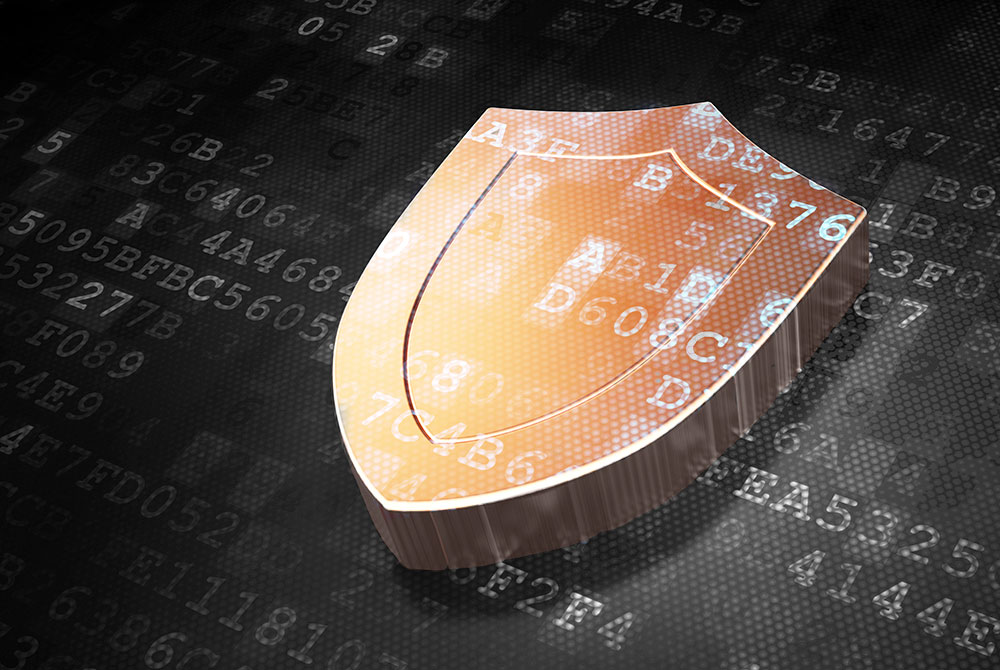Cybersecurity Bill
of Materials
firmware components identification and safety assessment
Cybersecurity Bill
of Materials
firmware components identification and safety assessment
Challenges
In today’s world, where malware, ransomware, botnets appear overnight and during the week are able to paralyze the work of hospitals, offices and factories around the world: the question is how much we are able to trust software and hardware manufacturers in terms of their security solutions? As practice shows, most attacks are carried out using vulnerabilities in open source components that are not updated frequently, and using vulnerabilities in the ICT device firmware, IoT and OT.
8%
enterprises are aware and prepared to fight off attacks related to firmware vulnerabilities
50%
companies that emphasize the security of the equipment they use have reported at least one incident related to the infected firmware
70%
at least that many companies do not pay attention to the security of the equipment and are considered unprepared for any attacks from the side of the infected firmware
HOW CAN WE HELP YOU?
Based on the source code, firmware or just the device itself, we determine the third-party software components used in it, along with their versions and existing vulnerabilities. We will evaluate and audit the security of closed, i.e. non-public, software components implemented by the application or device manufacturer. The analysis will show if you can feel safe using the device in your infrastructure or installing applications on a desktop or smartphone. After finding the vulnerability, we will help in discussions with the manufacturer of the solution to prepare the appropriate security patch and present suggestions for corrective methods.
Cybersecurity Bill of Materials is a list of all used software components together with their versions, which make up the final product, application or device firmware.
If you provide us with:
KEY BENEFITS
Reducing the risk of a potential cyber attack by:
Read more
Articles connected to Cybersecurity Bill of Materials:


